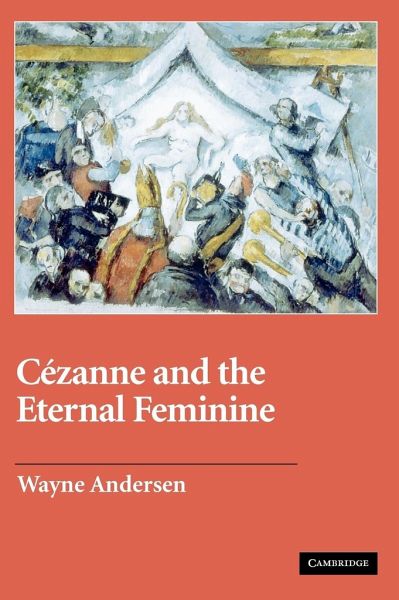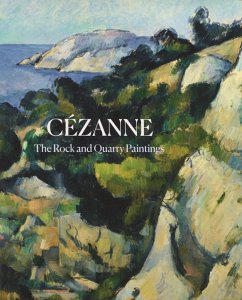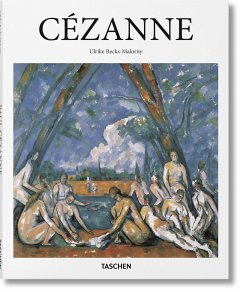
Cezanne and the Eternal Feminine
Versandkostenfrei!
Versandfertig in 1-2 Wochen
107,99 €
inkl. MwSt.

PAYBACK Punkte
54 °P sammeln!
Cézanne's painting The Eternal Feminine, painted in 1878, has been given considerable attention in the literature on this artist, though it has generally embarrassed scholars because it suggests aspects of the artist's personality that many connoisseurs in the past would rather have repressed. The painting has been known by a variety of titles and, as Wayne Andersen has discovered, has also been altered. He traced these alterations to an art dealer who made them in an effort to render the painting more marketable. This volume is the first to interrogate the original state of The Eternal Femin...
Cézanne's painting The Eternal Feminine, painted in 1878, has been given considerable attention in the literature on this artist, though it has generally embarrassed scholars because it suggests aspects of the artist's personality that many connoisseurs in the past would rather have repressed. The painting has been known by a variety of titles and, as Wayne Andersen has discovered, has also been altered. He traced these alterations to an art dealer who made them in an effort to render the painting more marketable. This volume is the first to interrogate the original state of The Eternal Feminine and to resolve its mysterious importance to Cézanne and, more broadly, the history of art. Devoting a separate chapter to each of the titles by which the picture has been known, Andersen resolves its hidden meaning while providing a fresh look at Cézanne's artistic process.














